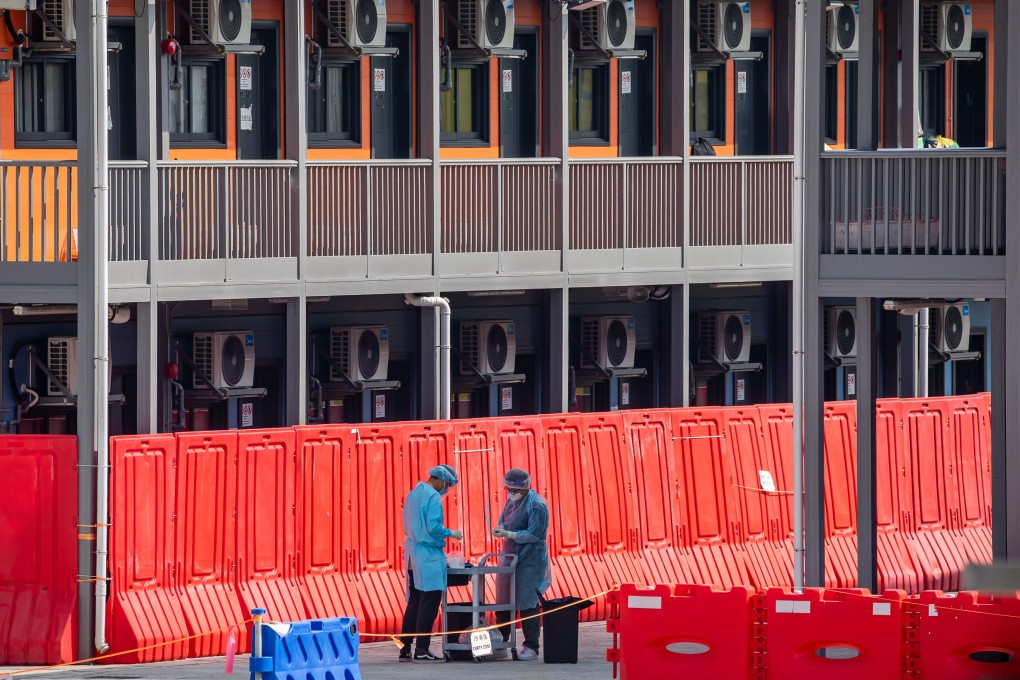Omicron variant: why is mainland China not under Hong Kong’s high-risk group? Accusations of double standards, as 2 cases recorded across border
- Experts say different sets of rules not unusual, as central and city authorities are aligned on zero-Covid stance, while rest of world opens up
- Specialist admits city’s multi-tier classification untenable, recommending 21-day quarantine for countries with community spread, and flight ban if imports arrive

Different rules for different people.
But health experts said the different requirements were expected, citing the zero-Covid policy still held by local authorities and the central government.
The accusations of unfairness and double standards come from residents who have to contend with often unpredictable entry rules, such as the enhanced restrictions imposed on the United States within the Group A list of countries. Returning residents from the US have to serve their first seven days of quarantine in a government facility before completing the remaining two weeks in a designated hotel.
“Places that have chosen to live with the virus will inevitably see Omicron spread through their communities, while China and Hong Kong are the only ones in the world that continue to pursue a zero-Covid strategy and kept imported Omicron cases at just that, imported,” said Dr Leung Chi-chiu, a specialist in respiratory medicine.